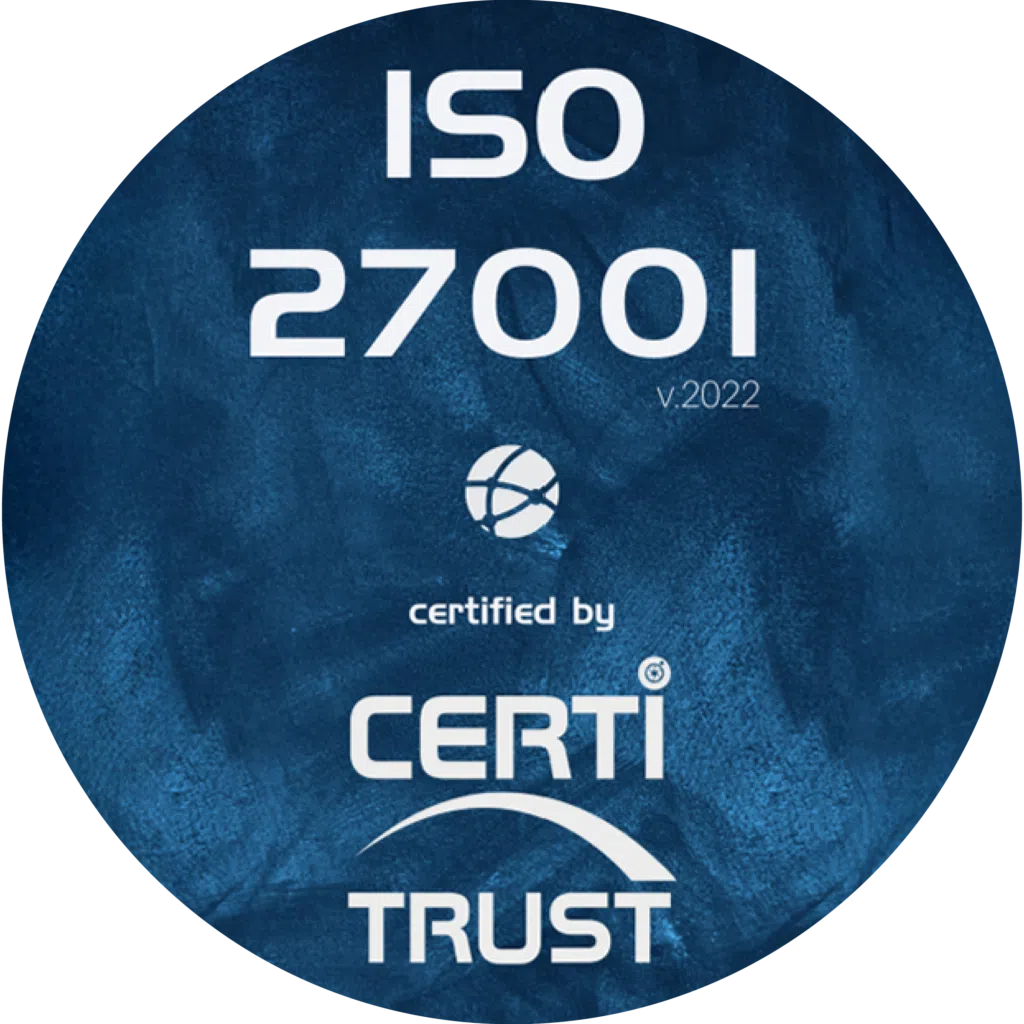Inventory management is a key element in a company’s performance, whatever the nature of its business. Effective inventory management helps to optimise costs, improve service quality and enhance competitiveness. However, to achieve these objectives and adopt an optimum management strategy, it is essential to understand the different types of inventory and their specific characteristics. In this article, we’ll take a look at the main types of stock and give you some practical advice on how to manage them effectively.
Active stock
Active stock, also known as current stock or operating stock, corresponds to products that are regularly consumed or sold by the business. This is the most important type of stock, as it enables you to meet customer demand and maintain a satisfactory level of service. To manage your active stock effectively, it is advisable to keep a close eye on stock levels and consumption trends. This will enable you to anticipate needs and adjust quantities ordered in line with actual demand.
Another good practice is to set up alert thresholds to avoid stock-outs. These thresholds can be defined on the basis of supply lead times, demand variability and the desired level of service. When a threshold is reached, an alert is triggered to inform managers of the need to place an order.
To optimise the management of your active stock, it is also important to regularly analyse the performance of the different references. Indicators such as stock rotation, service rate or stock coverage can help you identify products with high added value and those that generate high costs. Based on these analyses, you can make informed decisions to optimise your stock levels and improve your profitability.


Safety stock
Safety stock is an additional quantity of products stocked to deal with unforeseen events. Its main role is to compensate for variations in demand and late deliveries from suppliers, in order to avoid stock-outs and maintain a high level of service. However, it is important to strike the right balance, as too much safety stock can lead to high ownership costs and excessive capital tied up.
To determine the optimum level of safety stock, a number of parameters need to be taken into account, including demand variability, lead times and the desired level of service. A common approach is to calculate the safety stock as a function of the standard deviation of demand and a safety factor that depends on the targeted service level. The higher the service level, the higher the safety factor and the larger the safety stock.
Let’s take the case of a company selling stationery. For a given product, historical data shows an average demand of 100 units per week, with a standard deviation of 20 units. The lead time is 2 weeks and the company wants to ensure a service level of 95%, which corresponds to a safety factor of 1.64 (according to the normal distribution table).
To calculate the safety stock, we use the following formula:
Safety stock = Safety factor X Standard deviation of demand X Supply lead time
Applying this formula to our example, we obtain :
Safety stock = 1.64 * 20 * 2 = 46.32 units
Rounded up to the nearest unit, the safety stock to be maintained for this product is therefore 47 units. This means that in addition to the stock needed to cover average demand during the supply lead time (i.e. 100 x 2 = 200 units), the company must keep an additional stock of 47 units at all times to absorb variations in demand and avoid stock-outs in 95% of cases.
It is important to note that this calculation is based on a number of assumptions, in particular a normal distribution of demand and the independence of variations from one period to the next. In reality, these assumptions are not always verified, and it may be necessary to adjust the model according to the specific characteristics of each situation.
It is advisable to regularly reassess the parameters used to calculate the safety stock in order to adapt to market developments and changes in customer consumption patterns.
Sleeping stock
Sleeping stock, also known as dead stock or obsolete stock, corresponds to products that have not been consumed or sold for a prolonged period. These products tie up capital, take up storage space and generate costs without contributing to the creation of value for the company. What’s more, they can become obsolete and lose all commercial value. It is therefore essential to put strategies in place to identify and reduce dormant stock.
The first step is to define precise criteria for classifying a product as dormant, for example an absence of movement for 6 months or a year. Indicators that track stock rotation can help you to easily identify the references concerned. Once you have identified dormant products, you need to analyse the causes of this situation. There can be many reasons for this: forecasting errors, range changes, changing customer needs, etc.
On the basis of this analysis, various corrective actions can be taken to reduce dormant stock. Common solutions include destocking operations, flash sales or targeted promotions, returning products to suppliers or destroying obsolete items. It is also important to involve the sales and marketing teams in the search for sales solutions, as they have a good knowledge of the market and customer expectations.
Other types of stock
In addition to the three main types of stock mentioned above, there are other categories of stock that may require specific management depending on their nature and characteristics. These other types of stock include :
- Seasonal stock: these are products whose demand varies greatly according to the season, such as fashion items or winter sports equipment. Managing seasonal stock requires good anticipation of needs and close coordination with the sales and marketing teams.
- Transit stock: these are products that are in the process of being transferred between two sites, for example between a central warehouse and a sales outlet. Transit stock management must ensure precise traceability of movements and optimise logistics flows.
- Finished goods stock: this corresponds to products that have completed their production cycle and are ready to be dispatched to customers. Finished goods stock management aims to strike the right balance between product availability and storage costs, while taking into account delivery constraints and customer requirements.
Optimising stock management
Managing different types of stock can quickly become complex, especially when a company manages a large number of references and flows. To optimise stock management, we strongly recommend the use of dedicated software such as Weproc. A tool of this kind offers a number of advantages, streamlining all the processes involved in stock management.
Inventory management software gives you real-time visibility of your stock levels for each product category. This means you can keep a close eye on your stock levels and take swift decisions in the event of any deviations. The software also lets you set customised alert thresholds and automate replenishment processes based on predefined rules.
Another major advantage of inventory management software is its ability to provide detailed analyses of your stock performance. Thanks to key indicators such as rotation, coverage or service rate, you can identify the strong points and areas for improvement in your stock management. The software also lets you simulate different scenarios to assess the impact of your decisions on costs and stock levels.
With inventory management software, you can significantly reduce the costs associated with holding and managing stock, while improving service quality and customer satisfaction. You’ll also gain operational efficiency, by automating repetitive tasks and freeing up time for higher value-added activities. To find out more about the advanced stock management features offered by Weproc, please visit our dedicated page.
Conclusion on the different types of inventory
In conclusion, effective management of different types of stock is an essential performance driver for businesses. By understanding the specifics of each stock category (active, safety, dormant, seasonal, etc.), you will be able to put in place appropriate strategies to optimise your stock levels, reduce costs and improve your service rate. Using inventory management software such as Weproc will enable you to automate and streamline all your processes, while benefiting from accurate analyses and simulation tools to steer your inventory management strategy.
How do you determine the optimum level of safety stock?
The level of safety stock is calculated on the basis of demand variability, supply lead times and the desired service level. Inventory management software can help you determine the optimum level by analysing these different parameters and simulating different scenarios.
What are the consequences of excessive dormant stock?
Excessive dormant stock ties up capital, increases storage and handling costs, and can lead to product obsolescence. This can have a negative impact on a company’s profitability and its ability to invest in development projects. It is therefore crucial to regularly monitor the level of dormant stock and take action to reduce it.
How can stock management software help me to manage the different types of stock?
Inventory management software such as Weproc offers a number of features to optimise the management of your different types of stock. In particular, it allows you to monitor your stock levels in real time, define personalised alert thresholds, automate replenishment processes and benefit from detailed analyses of your stock performance. Thanks to these tools, you can make informed decisions to adapt your stock management strategy in line with your business objectives.
Find out how Weproc can help you manage your different types of inventory effectively. Request a personalised demo now!
Want to learn more about our Weproc procurement management software?
Contact us or request your 15-minute demo below!









